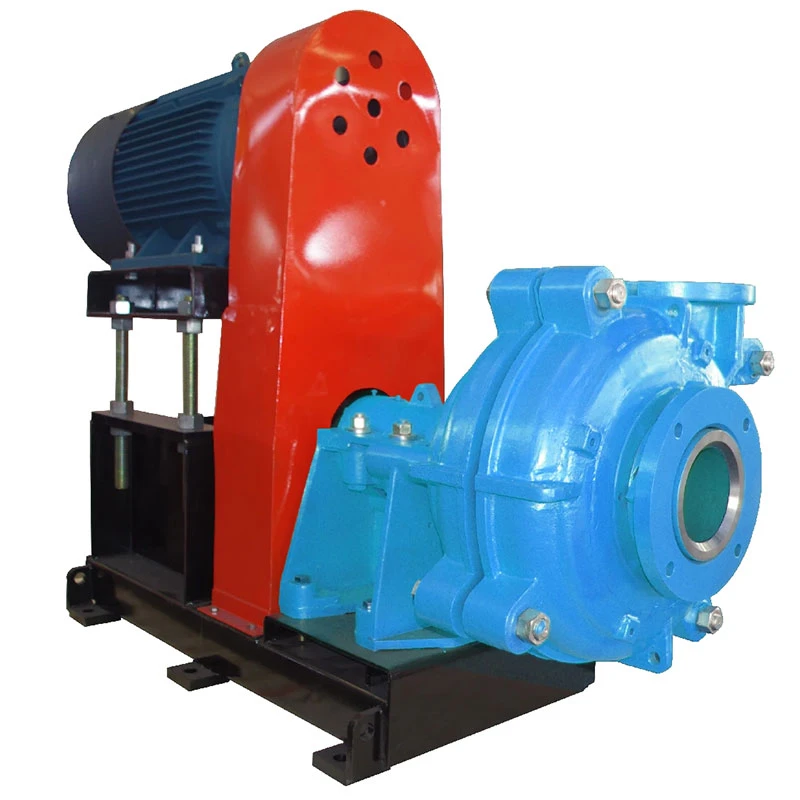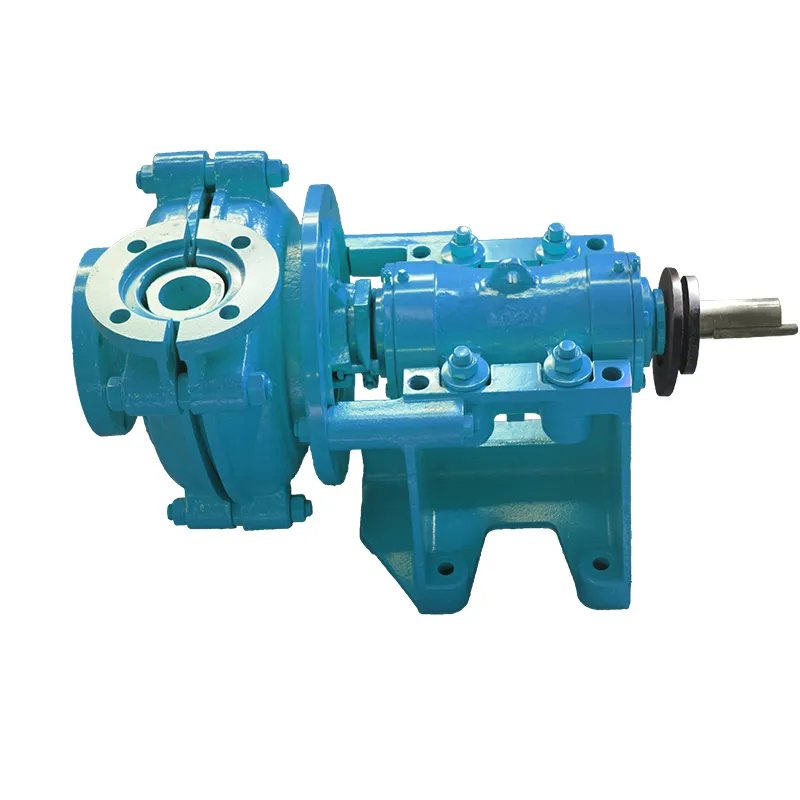-
 support@minemaxx.com
support@minemaxx.com
-
 0086-311-87833311
0086-311-87833311
 NO.8 JIHENG STREET,QIAOXI DISTRICT,SHIJIAZHUANG,HEBEI,CHINA
NO.8 JIHENG STREET,QIAOXI DISTRICT,SHIJIAZHUANG,HEBEI,CHINA
2 月 . 08, 2025 01:24
Back to list
impeller wear
Impeller wear is a critical concern for industries reliant on pumps, impacting performance and lifecycle costs significantly. This article delves into the implications of impeller wear, its causes, effects, and mitigation strategies, drawing on both industry research and field experience to offer a comprehensive understanding.
To combat impeller wear, a proactive approach involving material selection, design optimization, and regular maintenance is essential. 1. Material Selection Choosing the right impeller material is crucial in mitigating wear. Hard materials like tungsten carbide or ceramics are suitable for abrasive environments, whereas corrosion-resistant alloys such as stainless steel or duplex steel serve well in chemically aggressive settings. 2. Coatings and Surface Treatments Applying protective coatings like thermal sprays or engineered ceramics can significantly enhance the wear resistance of impellers. These treatments provide a hard surface barrier that resists abrasion and corrosion. 3. Design Optimization Advances in computational fluid dynamics (CFD) allow for optimizing impeller designs to minimize wear. By understanding flow patterns and stress distributions, engineers can design impellers that reduce turbulent zones and optimize pressure distributions, enhancing longevity and performance. 4. Regular Maintenance Implementing a rigorous maintenance schedule ensures that impeller wear is detected early. Techniques such as vibration monitoring and wear particle analysis can provide early warnings of impeller degradation, allowing for timely interventions. Real-World Experience Across industries, companies have implemented innovative strategies to address impeller wear by leveraging expertise and field data. For instance, a leading wastewater treatment facility employed ceramic-coated impellers and reported a 30% decrease in maintenance costs over five years. In the mining sector, extensive testing of harder impeller materials led to a significant reduction in downtime, boosting productivity. Conclusion Understanding and mitigating impeller wear is paramount for maintaining efficient and cost-effective pump operations. By selecting appropriate materials, optimizing impeller designs, and embracing regular maintenance protocols, industries can significantly extend pump lifespans and enhance reliability. Investing in these strategies not only ensures operational continuity but also underscores a commitment to technological advancement and resource efficiency. As we continue to push the boundaries of engineering and materials science, the industry is poised to tackle the challenges of impeller wear with innovative solutions, ensuring pumps remain an integral and reliable component of industrial operations worldwide.


To combat impeller wear, a proactive approach involving material selection, design optimization, and regular maintenance is essential. 1. Material Selection Choosing the right impeller material is crucial in mitigating wear. Hard materials like tungsten carbide or ceramics are suitable for abrasive environments, whereas corrosion-resistant alloys such as stainless steel or duplex steel serve well in chemically aggressive settings. 2. Coatings and Surface Treatments Applying protective coatings like thermal sprays or engineered ceramics can significantly enhance the wear resistance of impellers. These treatments provide a hard surface barrier that resists abrasion and corrosion. 3. Design Optimization Advances in computational fluid dynamics (CFD) allow for optimizing impeller designs to minimize wear. By understanding flow patterns and stress distributions, engineers can design impellers that reduce turbulent zones and optimize pressure distributions, enhancing longevity and performance. 4. Regular Maintenance Implementing a rigorous maintenance schedule ensures that impeller wear is detected early. Techniques such as vibration monitoring and wear particle analysis can provide early warnings of impeller degradation, allowing for timely interventions. Real-World Experience Across industries, companies have implemented innovative strategies to address impeller wear by leveraging expertise and field data. For instance, a leading wastewater treatment facility employed ceramic-coated impellers and reported a 30% decrease in maintenance costs over five years. In the mining sector, extensive testing of harder impeller materials led to a significant reduction in downtime, boosting productivity. Conclusion Understanding and mitigating impeller wear is paramount for maintaining efficient and cost-effective pump operations. By selecting appropriate materials, optimizing impeller designs, and embracing regular maintenance protocols, industries can significantly extend pump lifespans and enhance reliability. Investing in these strategies not only ensures operational continuity but also underscores a commitment to technological advancement and resource efficiency. As we continue to push the boundaries of engineering and materials science, the industry is poised to tackle the challenges of impeller wear with innovative solutions, ensuring pumps remain an integral and reliable component of industrial operations worldwide.
Previous:
Latest news
-
Wet Parts for Optimal PerformanceNewsOct.10,2024
-
Vertical Pump Centrifugal SolutionsNewsOct.10,2024
-
Top Slurry Pump ManufacturersNewsOct.10,2024
-
The Ultimate Guide to Centrifugal Pump for SlurryNewsOct.10,2024
-
Pump Bearing Types for Optimal PerformanceNewsOct.10,2024
-
A Guide to Top Slurry Pump SuppliersNewsOct.10,2024
-
Slurry Pump Parts for Optimal PerformanceNewsSep.25,2024

